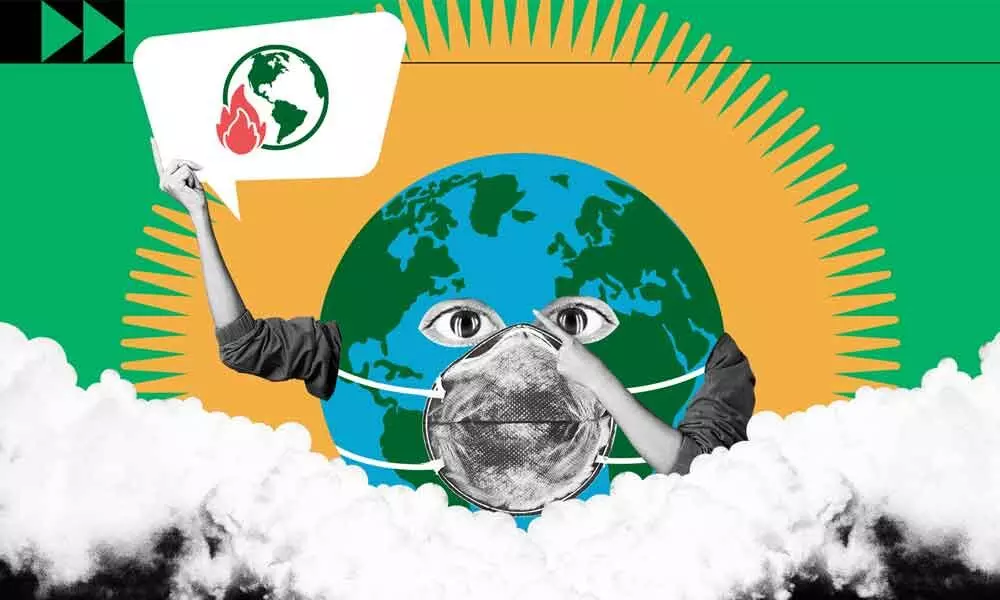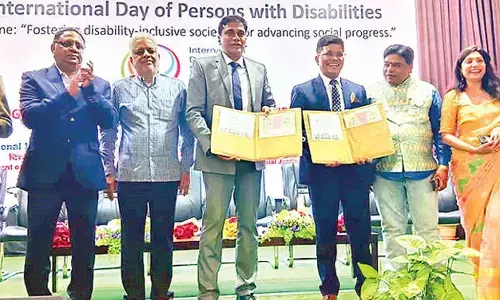Climate-vulnerable regions in focus at Glasgow

Climate-vulnerable regions in focus at Glasgow
The UN-backed Race to Resilience campaign, a global partnership of initiatives with the headline goal to build the resilience of four billion people to climate shocks by 2030, has launched its metrics framework, which will allow non-state actors, such as cities, businesses and regions, to measure the human impact of their actions for the first time.
The UN-backed Race to Resilience campaign, a global partnership of initiatives with the headline goal to build the resilience of four billion people to climate shocks by 2030, has launched its metrics framework, which will allow non-state actors, such as cities, businesses and regions, to measure the human impact of their actions for the first time.
Produced by the Centre for Climate Resilience and Research at the University of Chile with original research from McKinsey & Company, it is the first tool of its kind to transparently quantify and verify the benefit climate resilience actions can have for people and hectares of natural ecosystems.
Using this new unifying global framework, collective efforts by Race to Resilience Partners which comprises NGOs, cities, and businesses are making an important difference by helping to increase the climate resilience of over 2.3 billion people by 2030 (of the 4 billion goal), as well as more than 100 natural systems including mangroves, forests and coastal zones.
Partner actions covered by the metrics framework include: Regions Adapt, which will build the resilience of 540 million people in 140 regions; Climate Heritage Network, which will build the resilience of 200 million people as a result of culture-based strategies; the Global Mangrove Alliance, which is working to halt mangrove degradation and increase cover by 20 per cent; and Initiativex2020, which is changing the dynamics of land degradation by protecting and restoring 20 million hectares of forests and agricultural landscapes.
But with nearly two billion of the most vulnerable people still with little or no protection from climate hazards such as lethal heat waves, floods and droughts, the UN High-Level Climate Champions joined Race to Resilience Partners in calling for efforts to protect the most climate-vulnerable communities to double in the decade, with a focus on the most exposed, vulnerable, indigenous, populous and large regions of the Global South.
It comes as new research published by McKinsey & Company as part of a knowledge partnership to Race to Resilience assesses the potential impact of climate hazards for people across the globe, finding that under a scenario with 1.5C of warming above pre-industrial levels by 2030, almost half of the world's population could be exposed to a climate hazard related to heat stress, drought, flood, or water stress in the next decade, up from 43 per cent today.
The areas affected by severe chronic heat stress could experience temperatures that are too hot for outdoor work during at least 25 per cent of effective working hours in any given year. In a 2C warming scenario above pre-industrial levels by 2050, about 800 million additional people could be living in urban areas under severe water stress compared with today; primarily as demand for water rises.
The research says in a scenario with warming 2C above pre-industrial levels by 2050, nearly 100 million people or approximately one in seven of the total global rural population projected to be employed in the agricultural sector by 2050, could be exposed to a severe level of drought.
This could severely diminish people's ability to maintain a livelihood in rainfed agriculture.
Nigel Topping, High Level Climate Action Champion COP26, said, "After a summer of fire and flood and a code red from climate scientists, we must reckon with the scale, immediacy and inequity of the climate crisis right now. "We need urgent, innovative breakthroughs on resilience and to address loss and damage. The Race to Resilience set out with a necessary goal of building the resilience of 4 billion people to climate hazards by 2030.
"The metrics framework and analytics underneath them will ensure we are backing the actions we know can increase resilience and help mobilize more resources toward them. This is just the start though: we need greater ambition and action from all actors to help communities adapt and build resilience to climate change."




















